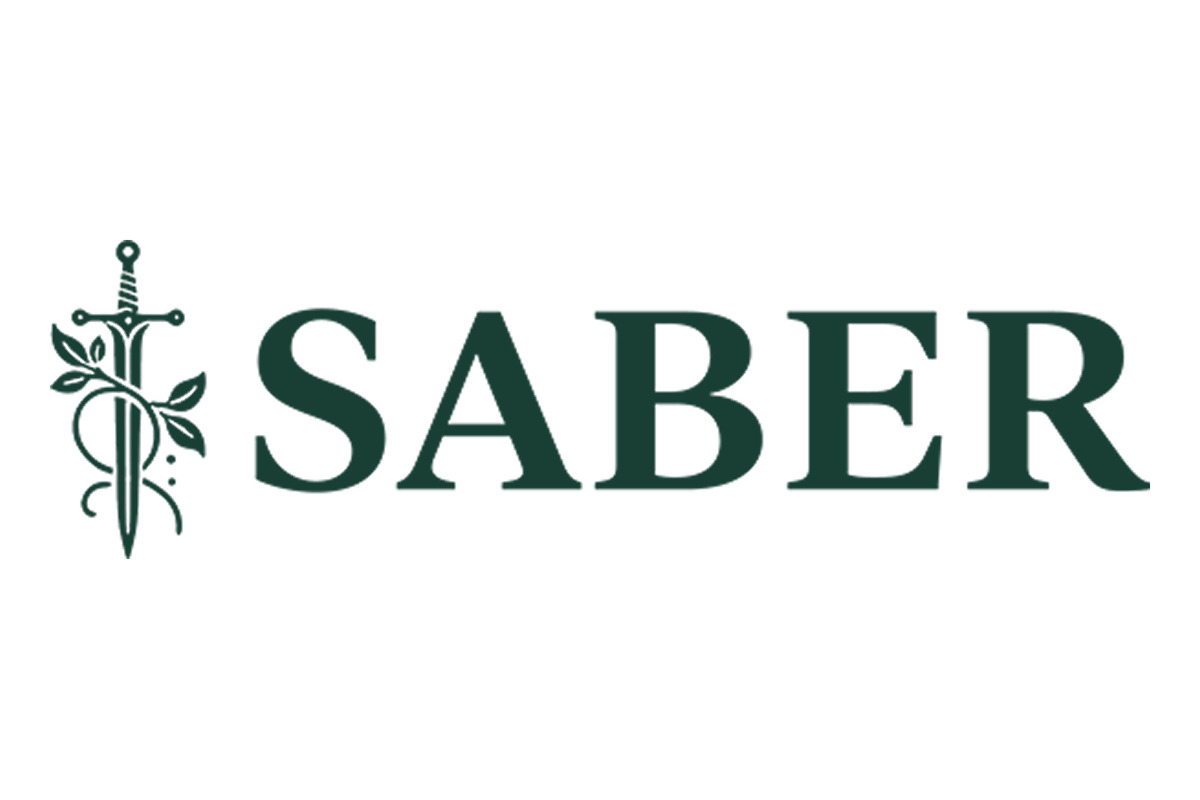Botanicals for Better Health and Wellness (BBHW) and the Scientific Association for Botanical Education and Research (SABER) issued the following joint statement today, commending the U.S. Department of Health and Human Services (HHS), the Food and Drug Administration (FDA), and the Drug Enforcement Administration (DEA) for taking decisive action to safeguard public health by targeting the synthetic opioid-like compound 7-hydroxymitragynine (7-OH) and formally distinguishing it from the natural botanical kratom. BBHW and SABER are publicly supporting this bifurcated regulatory approach as a “scientifically grounded step forward for consumer safety and botanical innovation.”
The announcement, on the morning of July 29, 2025, was delivered by HHS Secretary Robert F. Kennedy, Jr. and FDA Commissioner Dr. Marty Makary, signaling a coordinated federal response to the widespread sale of mislabeled and chemically altered products masquerading as kratom that pose significant health risks.
“This is a long-overdue correction,” said Dr. Paloma Lehfeldt, medical advisor to Botanicals for Better Health and Wellness (BBHW). “By clearly separating the natural botanical kratom from synthetic compounds like 7-hydroxymitragynine, which have been misleadingly marketed under the same name, federal agencies are addressing a major source of consumer confusion. These actions will protect consumers while preserving access to a culturally significant botanical with potential therapeutic value, while moving toward a more rational, evidence-informed regulatory approach.”
SABER, a coalition of scientists and educators advancing evidence-based botanical research, applauded the bifurcation of the botanical kratom from synthetic drugs like 7-OH. 7-hydroxymitragynine, a synthetic drug manufactured using industrial oxidizers, exhibits high opioid receptor affinity and has been linked to respiratory depression and toxicity. It is not found in natural kratom leaves at physiologically relevant levels. By contrast, kratom’s primary alkaloid, mitragynine, is a partial receptor agonist with low abuse potential, and recent FDA-funded studies have confirmed its favorable safety profile at doses up to 140 mg in healthy adults.
“For too long, the conversation around kratom has been polluted by bad actors and misinformation,” said Dr. Paula Brown, a member of the SABER steering committee and director of natural health and food products research at the British Columbia Institute of Technology (BCIT). “FDA’s data now supports what scientists have known for years: kratom is not a narcotic, and 7-OH is not a natural constituent of the plant. Differentiating them is both scientifically necessary and ethically urgent.”
BBHW and SABER are calling on FDA to finalize the following actions:
- Immediate scheduling of 7-hydroxymitragynine (7-OH) as a dangerous synthetic with high abuse liability and no legitimate botanical role.
- Public health advisory and national recall for all products containing synthetic 7-OH or deceptively marketed as "enhanced kratom."
- Permanent removal of outdated and inaccurate kratom content from FDA.gov and replacement with balanced, peer-reviewed scientific information.
- Formal recognition of the sharp pharmacological distinction between natural kratom and synthetic analogs, in alignment with findings from NIH- and FDA-funded studies.
“This is what responsible botanical regulation looks like,” said Dr. Mary Hardy, MD, SABER steering committee member and integrative medicine researcher. “Science, not stigma, must guide public health policy.”
About Scientific Association for Botanical Education and Research (SABER)
The Scientific Association for Botanical Education and Research (SABER) is a nonprofit organization dedicated to advancing scientific understanding, regulation, and safe access to botanicals. Through research partnerships, policy advocacy, and public education, SABER works to ensure that natural products are studied responsibly, used safely, and regulated appropriately. To learn more, visit www.saberscience.org.
Media Contact
Paloma Lehfeldt
info@saberscience.org


